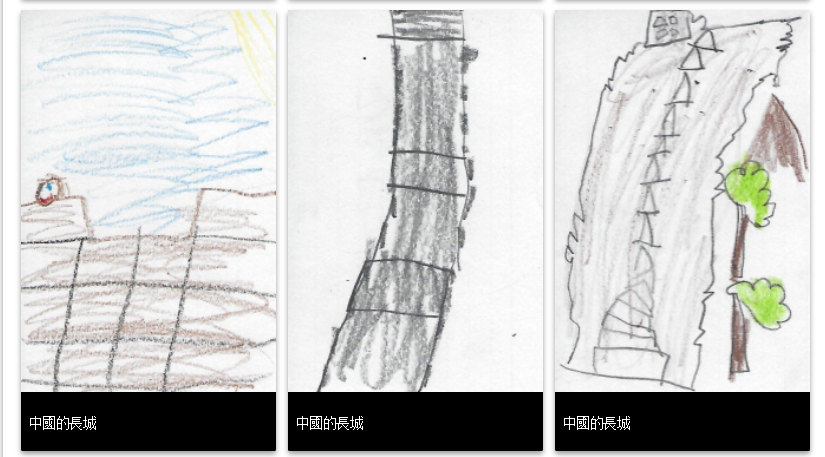Teacher(s) Name: Kiser, , , and
School: Hungary Creek MS
Grade Level(s): Grade 8
Content Area(s): Social Studies, World History
Lesson Summary
Students will learn how and why archaeologists analyze artifacts from the past by visiting the Virginia Museum of Fine Arts, selecting an artifact from the Ancient History galleries, and creating a video blog where they answer several questions: What is the significance of this piece? What is the human element? Why should we care about it? Students will share their videos and 360 videos with the VMFA for use on their website and distance learning programs.
TIPC Ratings
Research & Information Fluency
Rating:Ideal – Explanation: Hands-on research. The lesson calls on students to evaluate historical items and synthesize what they observe, what they already know, and what they discover from independent research. Products are continuously assessed by the instructor and peers. Additionally, students are required to use sophisticated technology (360 camera, video/audio editing software) to create a high-quality product.
Communication & Collaboration
Rating: Ideal – Explanation: The lesson consists of authentic exercises that require abilities used in numerous real-world settings, such as evaluating and interpreting primary and secondary sources, developing a working theory and supporting it with evidence, collaborating to develop a multimedia product, public presentation skills, creative design and marketing, and consultation with experts in the community (museum curators).
Critical Thinking & Problem Solving
Rating: Ideal – Explanation: The open-ended nature of the project requires students to decide on the best procedure to complete the assignment and showcase their findings. In addition, students must start with limited, baseline background information and interpret meaning, context, and implications found in historical artifacts to make hypotheses about the human condition many years ago.
Creativity & Innovation
Rating: Ideal – Explanation: The project requires students to think unconventionally about history and draw on their own various personal experiences to apply a unique lens to their perspective as they analyze. Students must develop an exciting multimedia presentation that educates and excites viewers. In addition, students have to brainstorm the most effective way to package their findings in an exciting multimedia presentation with open-ended format and parameters.






